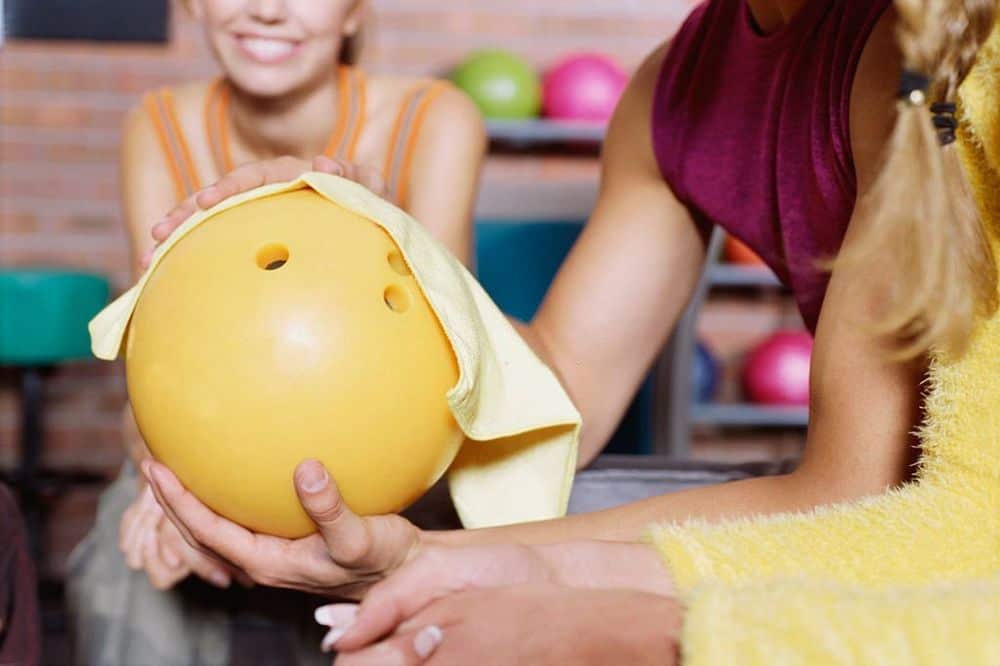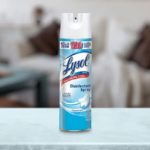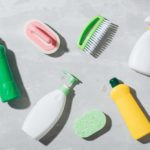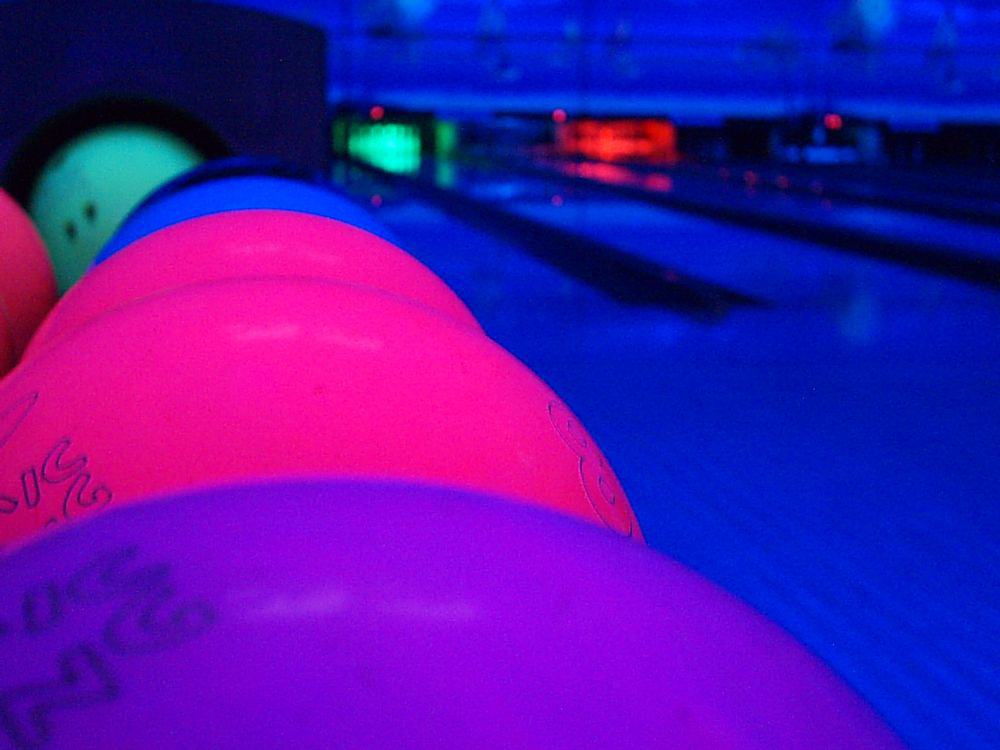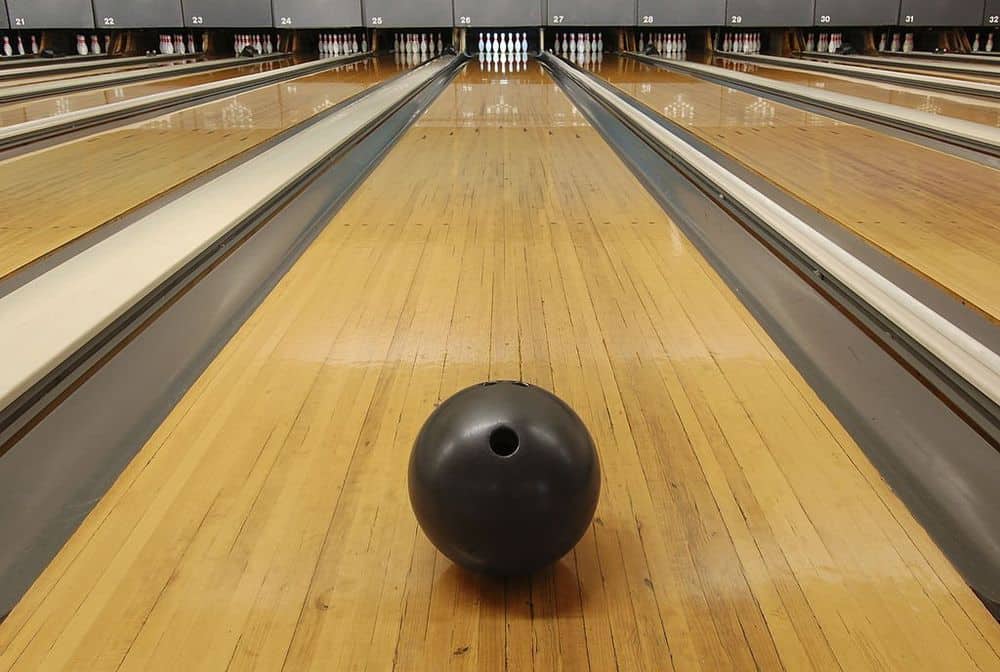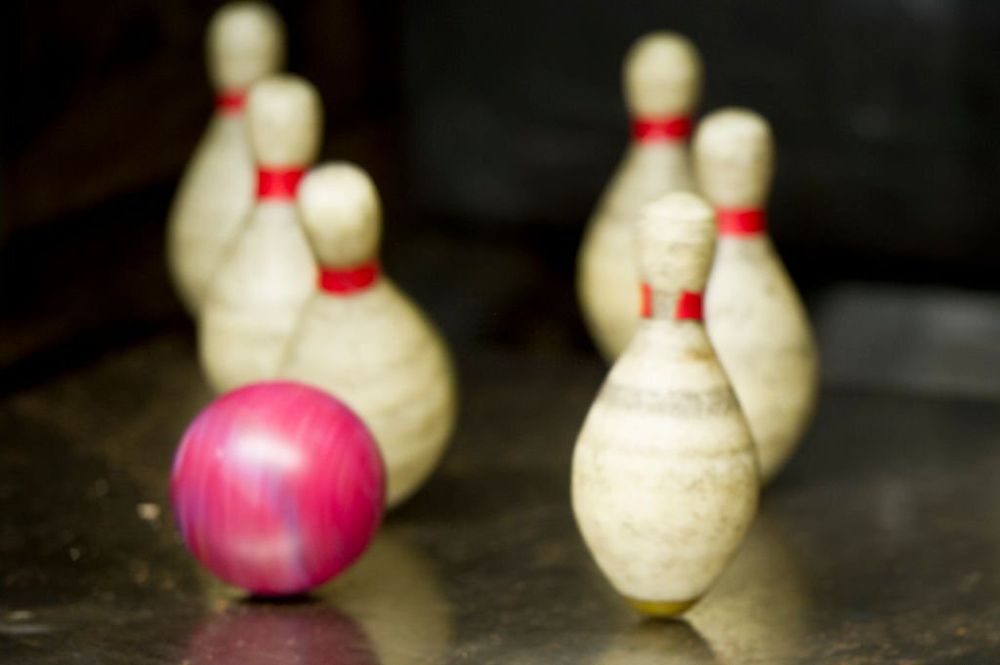Using acetone on a bowling ball is a controversial topic in the bowling world.
Will it effectively clean your bowling balls or only damage them?
Whether you are a casual, beginner, or professional bowler, keeping the bowling balls free of dirt, oil, gum, and debris is something you should always keep in mind.
Clean bowling balls give you the “ready for the next game” vibe, but what is the best way to do that?
Keep reading to know whether or not effective for cleaning a bowling ball, the proper way to use it, the alternatives to acetone, and more!
Can you use acetone on a bowling ball?
Yes. You can use acetone for cleaning your bowling balls.
It is one of the home’s most popular and basic DIY cleaning options.
It helps clean dirt and oil in the bowling balls.
However, you have to be extra careful when using acetone.
This powerful solvent can cause damage without proper use.
It removes more than just dirt and oil, affecting the bowling balls’ performance.
How to use acetone to clean a bowling ball?
Testing a small patch before using acetone on the bowling ball is recommended.
You can perform the test in an area that will not affect how the ball performs.
For example, put the cotton swab with a dab of this solvent somewhere between the finger holes.
Rub the cotton swab on the spot when testing a small area.
Then, wait approximately an hour to see if there is any change in the cover stock, overall feel, or color of the area. You can perform another test patch if you are in doubt.
Do it in another area.
To clean a bowling bowl with acetone:
- Clean the ball with a spray cleaner or warm water and dish soap to remove dirt and oil.
- Apply a clean microfiber with acetone directly to the ball using fast circular motions.
- Wipe the ball immediately using another microfiber towel.
Will acetone damage a bowling ball?
As mentioned earlier, acetone helps remove dirt, oils, and debris from the bowling ball.
However, this powerful solvent can also remove other things, including the enamel.
This can negatively impact the hooking potential of your bowling ball if too much acetone is used.
The solvent can completely remove the bowling ball’s cover stock, color, and polish.
It can also make the ball weak.
Remember that bowling balls are filled with polyester and derivatives; using too much of this solvent can make them more prone to breakage.
If you are determined to use acetone or need to clean the balls before a game, it can give you a quick clean.
But ensure to only use it to get rid of gum, glue, and other materials stuck on the ball’s surface. To be on the stress-free and safe side, using acetone on bowling balls is best avoided.
Method for using acetone
Here are the steps on how to use acetone for cleaning your bowling bowl correctly if the need arises:
Step 1: Test a Small Bowling Ball Area
Before using acetone on the entire ball, ensure to test it on a ball’s small part.
Get a swab cotton with a small amount of acetone and rub it on the chosen part.
Wait an hour or a little longer and see if something has changed in the ball’s overall color, cover stock, or feel.
If you doubt the results, you can run another or several tests.
Step 2: Clean the Ball
You can use a spray-based cleaner or warm water and dish soap to remove any oil and dirt accumulated on the ball surface.
Then, wash off any dish soap residue.
You can use a clean microfiber cloth to wipe the bowling ball. Let the ball air dry completely.
However, if you are in a hurry, you can skip this step.
Step 3: Apply Acetone
Pour enough acetone on a clean cloth and wait 10 to 15 seconds.
Or you can also put the fabric over the acetone container’s opening, quickly flip it upside down, and remove the cloth after 10 to 15 seconds.
Rub the cloth directly onto the ball using quick circular strokes. Get another clean cloth and wipe off the ball immediately.
What is the alternative to acetone for cleaning the bowling ball?
If you are not confident in using acetone on your bowling bowls, you can try the following alternatives:
Isopropyl or Rubbing Alcohol
If your bowling bowls have old stains, isopropyl or rubbing alcohol is the most effective cleaning option.
Apply a few amounts of alcohol to the towel and rub it on the ball. Ensure not to submerge the ball in the ball.
Alternatively, dilute alcohol in a 1:1 solution with water. Get a spray bottle and pour the solution onto it. Spray some of it onto the ball surface.
Windex
Windex gives the bowling ball a shiny quality. Although it is not effective at oil removal, it is an excellent choice for cleaning the ball surface.
If you need to remove oil from the bowling ball, you can soak it in hot water. After that, you can apply Windex.
Don’t worry; the US Bowling Congress approved this cleaning material as a safe bowling balls cleaner.
Dawn Dish Soap
Although Dawn Dish Soap is less harsh, it does an excellent job removing oils on your bowling balls.
This cleaning material is popular among bowlers.
When using Dawn for cleaning bowling bowls, use ¼ cup of it, a pinch of ammonia, and warm water.
Mix Dawn and ammonia with warm water well. Use this solution to wash your bowling ball. You will be surprised at how it will look brand new.
Bowling Ball Cleaner
Commercial cleaners will give your bowling balls a good and safe cleaning.
They are an excellent option if you are not confident with home remedies.
Depending on the cleaner’s instructions, you must dilute the bowling ball cleaner in water before application.
If you see that your bowling ball’s color is bleeding, remove it from the solution.
Hot Water
Warm water removes all residue that has accumulated on the bowling ball.
When cleaning the ball with hot water, you will need bleach-free dish detergent, hot water, a 5-gallon bucket, and two towels, paper rags, or a clean microfiber cloth.
Pour water in the bucket halfway and add detergent. Then, mix well.
Fill the bucket with water until full, and you see a soapy mixture.
Add your bowling ball to the mixture, allowing it to sit for 10 to 15 minutes.
After soaking the bowling ball in the mix, get a towel and scrub the ball with it to remove stains or gunk.
Use clean water to rinse the ball well.
When drying the ball, ensure to remove all the water.
You can use floor cleaner if the bowling ball feels sticky after washing. Rub it on the sticky spots and use a clean cloth to wipe it dry.
Conclusion
Commercial cleaners are effective at cleaning bowling balls.
But, if you want to try some at-home remedies, you can use acetone.
However, you have to be extra careful about using this solvent a it can cause damage to the bowling ball.
If you have doubts about using acetone, it is best to avoid it and try some alternatives instead.

